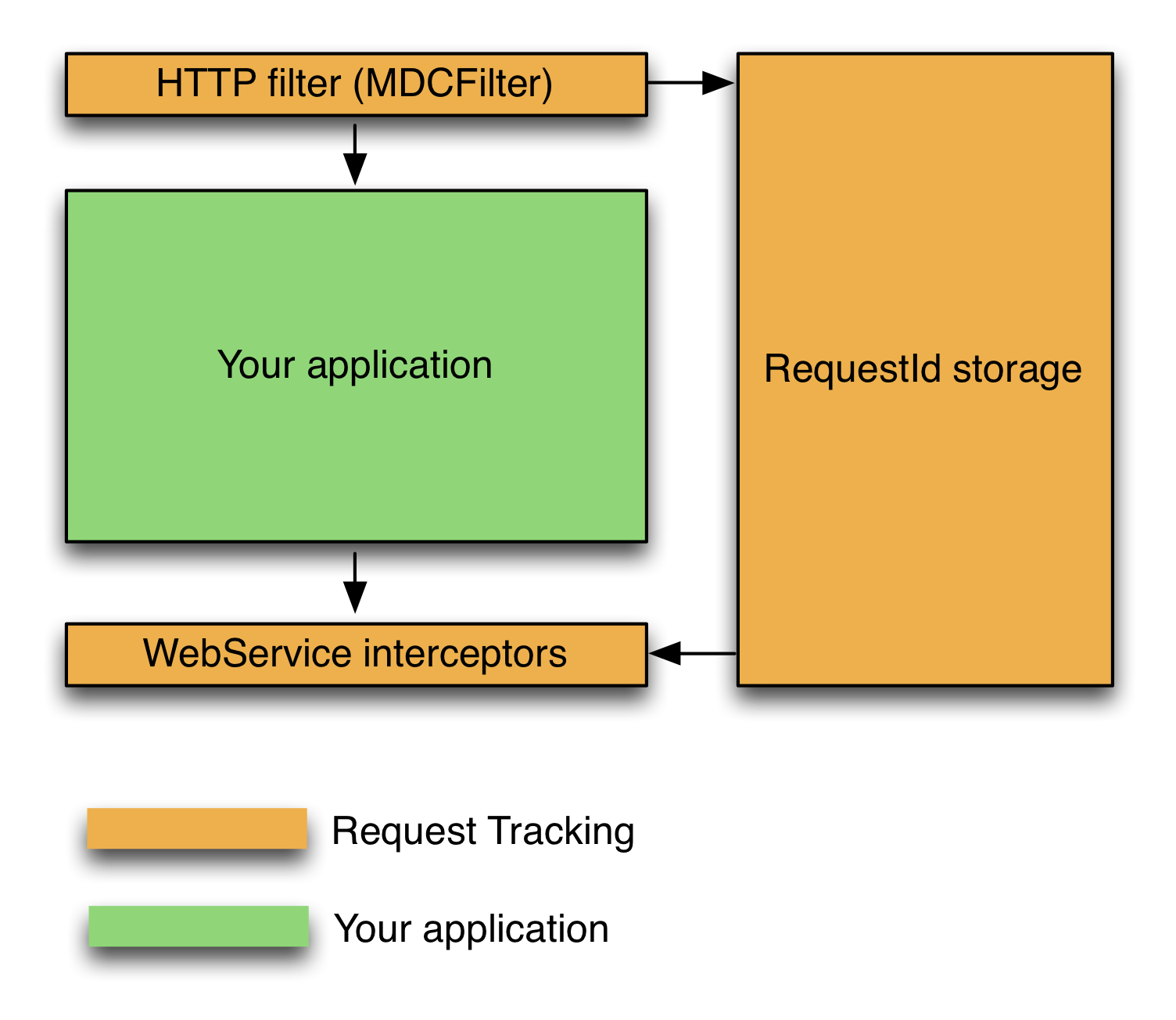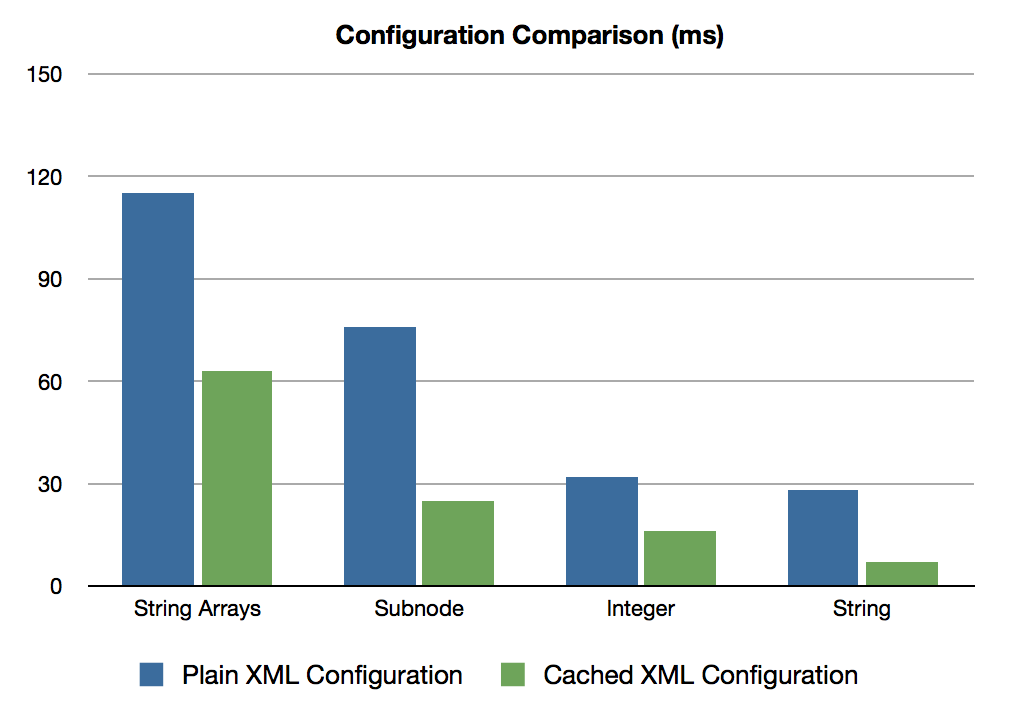Author: mp911de
-
Every day is a new day aka. daily mind reset
Imagine you're talking about something today with your product owner or boss. It get's the highest priority for today, because it's cool or something. Tomorrow you're not done with it but have again a cool feature idea. Or a collegue of you. And guess what, it gain's again highest priority. And what about the first…
-

Tracking requests in a distributed environment
Central logging using logstash or Graylog is one of the most interesting topics for now. Software applications get more distributed, are partitioned into different components and are running on multiple servers. This causes the need of central logging. Central logging itself is nice. You don’t have to collect log files from multiple servers anymore. But…
-
logstash-gelf 1.2.0 released
I’ve released today logstash-gelf 1.2.0, I’ll be available until this evening on Maven Central.
-

Caching Apache Commons XML Configuration
One of my recent projects uses Apache’s XMLConfiguration in a very extensive way. Nearly everything is configured and stored as XML files. Commons Configuration is a very nice library, providing access to multiple configuration formats and automatic reloading. The other side of the library is, that it produces heavy CPU load.
-
Leveraging dynamic Queries- How to concatenate Query-Statements
Applications querying datasources can run into it. And perhaps you’ve seen it already: Custom built queries:
-
Using log4j2 with Logstash/GELF (update)
Since today logstash-gelf supports log4j2. The experimental support allows dynamic field since log4j2 provides a very flexible configuration.
-
Central logging with Java using logstash
Recently I gave logstash a try. logstash is a log management tool (processing, storing). It can push log messages also into elastic search. This setup is ideal for central logging. The easiest way to push log data into logstash seems to me to be gelf (Graylog Extended Log Format). It is a JSON-style format which…
-
Not developing enterprise software
Lots of companies I know tend to work still in a plain old style. Top-down bosses, either water-fall, ad-hoc or chaos-driven development. Long term release cycles and inefficient, expensive style of development. Continuous Delivery: What’s that, do they ask, why do we need such fancy things? Many „something as a service“ companies are agile and…
-
SEMAT in action, to create structures
Some weeks ago SEMAT hit me: Somewhere Uncle Bob said something about Ivar Jacobson’s book „The Essence of Software Engineering: Applying the SEMAT Kernel“. This was reason enough to sneek peak and after a couple of minutes I bought that book.
-
Clean Architecture Example: Code for an Onion Architecture
A couple days ago I wrote about Clean Architecture. I was also excited, how it will look like within code. How does it feel? How can I progress.